Home>Garden Essentials>How Long Will Cut Seed Potatoes Last
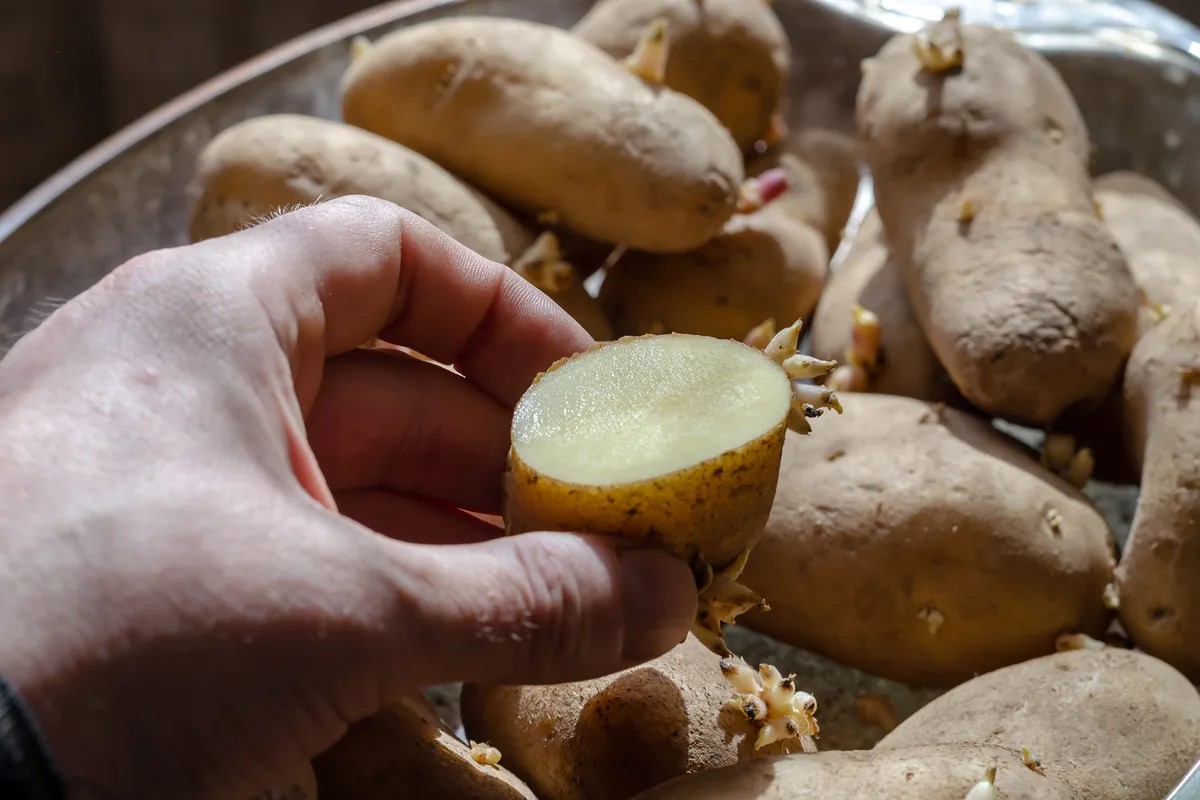

Garden Essentials
How Long Will Cut Seed Potatoes Last
Modified: May 6, 2024
Discover how long garden cut seed potatoes can last and ensure the success of your garden. Learn expert tips and tricks to maximize their shelf life.
(Many of the links in this article redirect to a specific reviewed product. Your purchase of these products through affiliate links helps to generate commission for Storables.com, at no extra cost. Learn more)
Introduction
Welcome to the wonderful world of gardening! One of the key factors in a successful garden is starting off with healthy and vibrant seed potatoes. These versatile tubers are not only delicious to eat, but they also serve as the foundation for growing your own potato plants.
When it comes to preparing your seed potatoes for planting, one common practice is to cut them into smaller pieces, with each piece containing at least one “eye” or sprout. This allows you to maximize the number of plants you can grow from a single potato. However, it’s important to understand that once you’ve cut your seed potatoes, their shelf life can be significantly reduced.
In this article, we will explore the various factors that can affect the shelf life of cut seed potatoes, as well as proper storage conditions to maintain their freshness. We will also discuss the signs of spoilage to look out for and provide tips to help extend the shelf life of your cut seed potatoes. So, whether you’re a seasoned gardener or just starting out, let’s dive in and learn how to make the most of your cut seed potatoes!
Key Takeaways:
- Extend the shelf life of cut seed potatoes by storing them in a cool, dark, and dry place, using breathable containers, and promptly removing any spoiled potatoes to prevent the spread of diseases.
- To maximize the success of your garden harvest, choose high-quality potatoes, make clean cuts with a sharp knife, and follow best practices such as minimizing cutting time and using potato preservatives to extend the freshness of cut seed potatoes.
Read more: How Long Do Potatoes Last In Pantry
Factors Affecting the Shelf Life of Cut Seed Potatoes
Once you’ve cut your seed potatoes, several factors come into play that can affect their shelf life. Understanding these factors will help you make informed choices about storing and using your cut seed potatoes.
- Variety of Potato: Different potato varieties have varying levels of susceptibility to spoilage. Some varieties are more prone to rotting or developing diseases when cut, while others may have a longer shelf life. It’s important to choose a variety known for its good storage qualities if you plan to cut the seed potatoes.
- Quality of Potatoes: Starting with high-quality potatoes is crucial. Potatoes with blemishes, bruises, or signs of disease are more likely to spoil quickly, even if they are cut properly. Inspect your seed potatoes carefully before cutting to ensure they are healthy and free from any visible signs of damage.
- Cutting Technique: The way you cut your seed potatoes can also affect their shelf life. It’s essential to use a sharp knife to make clean and precise cuts. Avoid tearing or crushing the potato flesh, as this can introduce wounds that are susceptible to bacterial or fungal infections.
- Exposure to Air and Light: Cut seed potatoes should be protected from exposure to air and light as much as possible. Oxygen and light can accelerate the rate of spoilage and cause the development of green patches on the potato surface. Ensure that your cut potatoes are properly covered or stored in a dark, cool place.
- Temperature and Humidity: Potatoes prefer cool and dry conditions for storage. High temperatures and excessive humidity can promote the growth of mold and bacteria, leading to the deterioration of your cut seed potatoes. Aim to store them at a temperature of around 40 to 45 degrees Fahrenheit (4 to 7 degrees Celsius) with a relative humidity of 85 to 90%.
By considering these factors, you can take steps to maximize the shelf life of your cut seed potatoes and ensure that they remain in the best condition possible for planting.
Proper Storage Conditions for Cut Seed Potatoes
When it comes to storing cut seed potatoes, providing the right conditions is crucial for maintaining their quality and prolonging their shelf life. Follow these guidelines to ensure proper storage:
- Clean and Dry: Before storing your cut seed potatoes, make sure they are clean and dry. Remove any excess dirt or debris and allow them to air dry for a few hours. This helps prevent the growth of mold or bacteria during storage.
- Choose the Right Container: Opt for a storage container that allows for good air circulation. A breathable mesh bag or a wooden crate with slats works well. Avoid plastic bags or airtight containers, as they can trap moisture and promote spoilage.
- Layer Properly: Place a layer of straw or newspaper at the bottom of the container to provide cushioning and insulation. Arrange the cut seed potatoes in a single layer, making sure they do not touch each other. Repeat the layering process until all the potatoes are stored.
- Cover and Store: Once you have stacked the potatoes in layers, cover them with another layer of straw or newspaper. This helps to maintain consistent temperature and humidity levels and protects them from unnecessary exposure to light.
- Find the Optimal Storage Location: Choose a cool, dark, and dry location for storing your cut seed potatoes. A cellar, basement, or a cool closet works well. It’s important to avoid areas that are prone to temperature fluctuations or high levels of humidity.
- Regularly Check for Spoilage: Periodically inspect your stored cut seed potatoes for any signs of spoilage. Remove any potatoes that appear moldy, have started sprouting excessively, or show signs of rot. This will help prevent the spread of diseases and ensure the longevity of the remaining potatoes.
By following these proper storage conditions, you can extend the shelf life of your cut seed potatoes and ensure they remain in optimal condition for planting.
Store cut seed potatoes in a cool, dark, and well-ventilated place to prevent sprouting. They can last for 2-3 days if kept in these conditions before planting.
Signs of Spoilage in Cut Seed Potatoes
It’s important to be able to identify the signs of spoilage in cut seed potatoes to avoid planting potentially diseased or damaged potatoes. Here are some common indicators of spoilage:
- Mold: Mold growth on cut seed potatoes is a clear sign of spoilage. Look for fuzzy or powdery patches, especially in areas where the potato has been cut or wounded. If you notice mold, remove the affected potatoes immediately to prevent the spread of mold to other potatoes.
- Soft and Mushy Texture: If your cut seed potatoes feel soft and mushy to the touch, it’s a sign that they have started to rot. This can be caused by bacterial or fungal infections. Avoid using such potatoes for planting, as they are unlikely to develop healthy and productive plants.
- Unpleasant Odor: A pungent or foul odor emanating from your stored cut seed potatoes is a strong indication of spoilage. This odor is often associated with the breakdown of organic matter and the production of harmful bacteria. Discard any potatoes with a strong, unpleasant smell.
- Excessive Sprouting: While some sprouting is normal for seed potatoes, excessive sprouting can indicate that the potatoes are aging and nearing the end of their viability. If the sprouts are long, weak, or discolored, it’s best to discard those potatoes and use fresher ones for planting.
- Discoloration and Green Patches: Cut seed potatoes that display green patches or discoloration are not suitable for planting. The green color indicates the presence of chlorophyll, which develops when potatoes are exposed to light. These green areas can taste bitter and contain a toxin called solanine, which can be harmful if consumed in large amounts.
Regularly inspect your stored cut seed potatoes for these signs of spoilage. Promptly removing any potatoes that show these indications will help ensure that you plant healthy and disease-free potatoes for a successful garden harvest.
Extending the Shelf Life of Cut Seed Potatoes
While cut seed potatoes have a shorter shelf life compared to whole potatoes, there are measures you can take to extend their freshness and viability for planting. Here are some tips:
- Minimize Cutting Time: Cut your seed potatoes right before planting, rather than cutting them in advance. The longer the potatoes are exposed to air and light, the higher the chances of spoilage.
- Use a Potato Preservative: Applying a potato preservative or dusting the cut surfaces with powdered sulfur can help protect against bacterial and fungal infections, reducing the risk of spoilage. Follow the manufacturer’s instructions for application.
- Store in a Cool Environment: Keep your cut seed potatoes in a cool place to slow down the rate of sprouting and slow the growth of bacterial and fungal pathogens. Avoid storing them near heat sources or in areas prone to temperature fluctuations.
- Monitor Humidity Levels: Maintaining proper humidity levels is essential. Too much moisture can lead to rot, while too little can cause the potatoes to shrivel. Use a hygrometer or moisture meter to regularly check and adjust humidity levels as needed.
- Rotate and Inspect: Regularly inspect your stored cut seed potatoes and gently rotate them to ensure even exposure to air and prevent the development of soft spots. Removing any potatoes showing signs of spoilage will help protect the remaining ones.
- Avoid Overcrowding: Do not overcrowd your storage containers or stacks of potatoes. Leave enough space for air circulation to minimize the risk of moisture buildup and the spread of diseases.
- Properly Cure Potatoes: If you have the time and space, consider curing your cut seed potatoes before planting. Curing involves storing the potatoes in a warm and well-ventilated area for a week or two. This helps heal any cuts or wounds and can improve their storage life.
By following these tips, you can significantly extend the shelf life of your cut seed potatoes and increase the chances of having healthy, productive plants when you finally plant them in your garden.
Read more: How Long Seeds Last
Conclusion
Properly storing and extending the shelf life of cut seed potatoes is essential for successful gardening. By understanding the factors that affect their shelf life, implementing proper storage conditions, and being vigilant for signs of spoilage, you can ensure that your cut seed potatoes remain fresh and healthy for planting.
Choosing high-quality potatoes, using a sharp knife for clean cuts, and protecting them from exposure to air and light are key considerations when cutting seed potatoes. Storing them in a cool, dark, and dry environment within breathable containers or crates helps maintain their freshness. Regularly inspecting for signs of spoilage and promptly removing any affected potatoes prevents the spread of diseases.
Additionally, following best practices such as minimizing cutting time, using potato preservatives, monitoring humidity levels, and properly curing the potatoes further extend their shelf life. These measures decrease the risk of rot, sprouting, and the development of mold or bacterial infections.
By taking these steps, you maximize the chances of planting healthy, disease-free seed potatoes that will grow into thriving potato plants. Remember, the freshness and quality of your seed potatoes directly impact the success of your garden harvest.
So, whether you are a seasoned gardener or just starting out, with the knowledge gained from this article, you can confidently handle cut seed potatoes and enjoy the satisfaction of growing your own delicious potatoes in your garden.
Curious about more than just the longevity of cut seed potatoes? Whether you're looking to spruce up your outdoor space or delve deeper into gardening essentials, we've got fascinating reads lined up for you. For those with a flair for aesthetics, check out our creative garden fence ideas, perfect for giving your space a fresh look. If you're keen to understand the basics, our detailed guide on seed potatoes will cover all you need to know. And for enthusiasts aiming to cultivate their greens, our tips on growing a vegetable garden will certainly set you on the right path.
Frequently Asked Questions about How Long Will Cut Seed Potatoes Last
Was this page helpful?
At Storables.com, we guarantee accurate and reliable information. Our content, validated by Expert Board Contributors, is crafted following stringent Editorial Policies. We're committed to providing you with well-researched, expert-backed insights for all your informational needs.
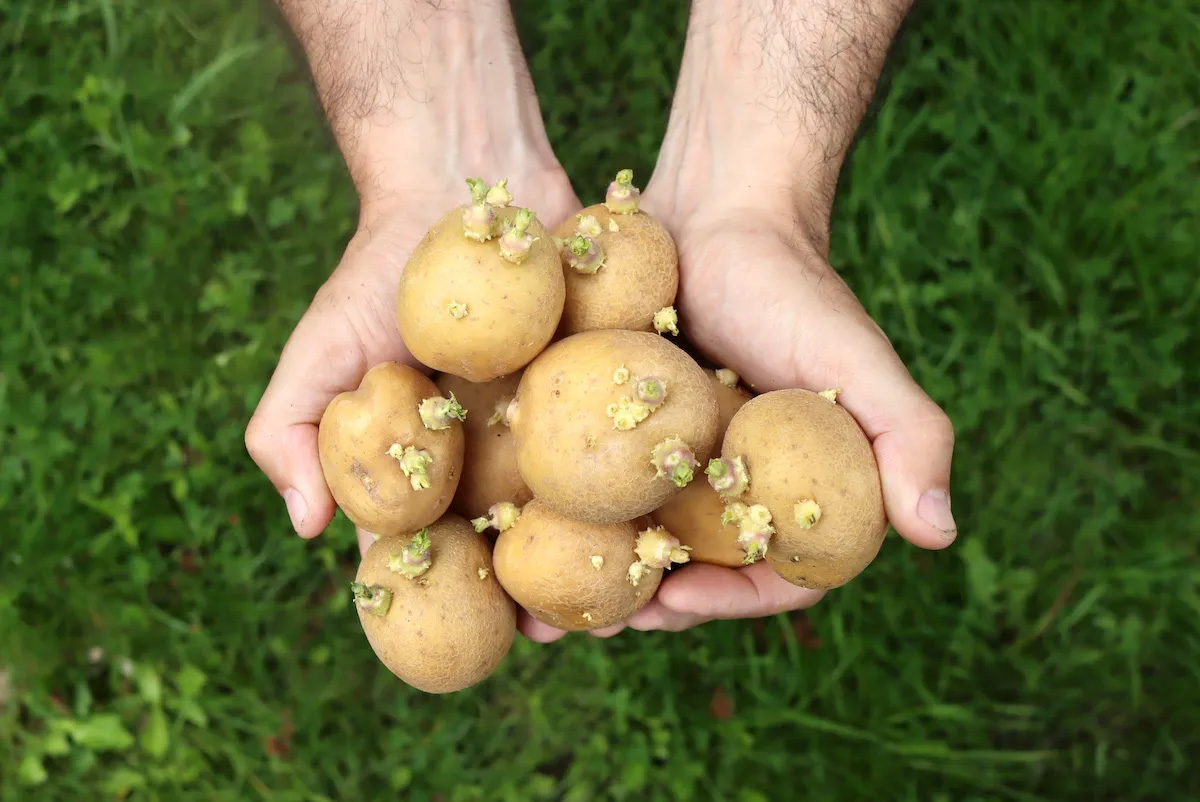
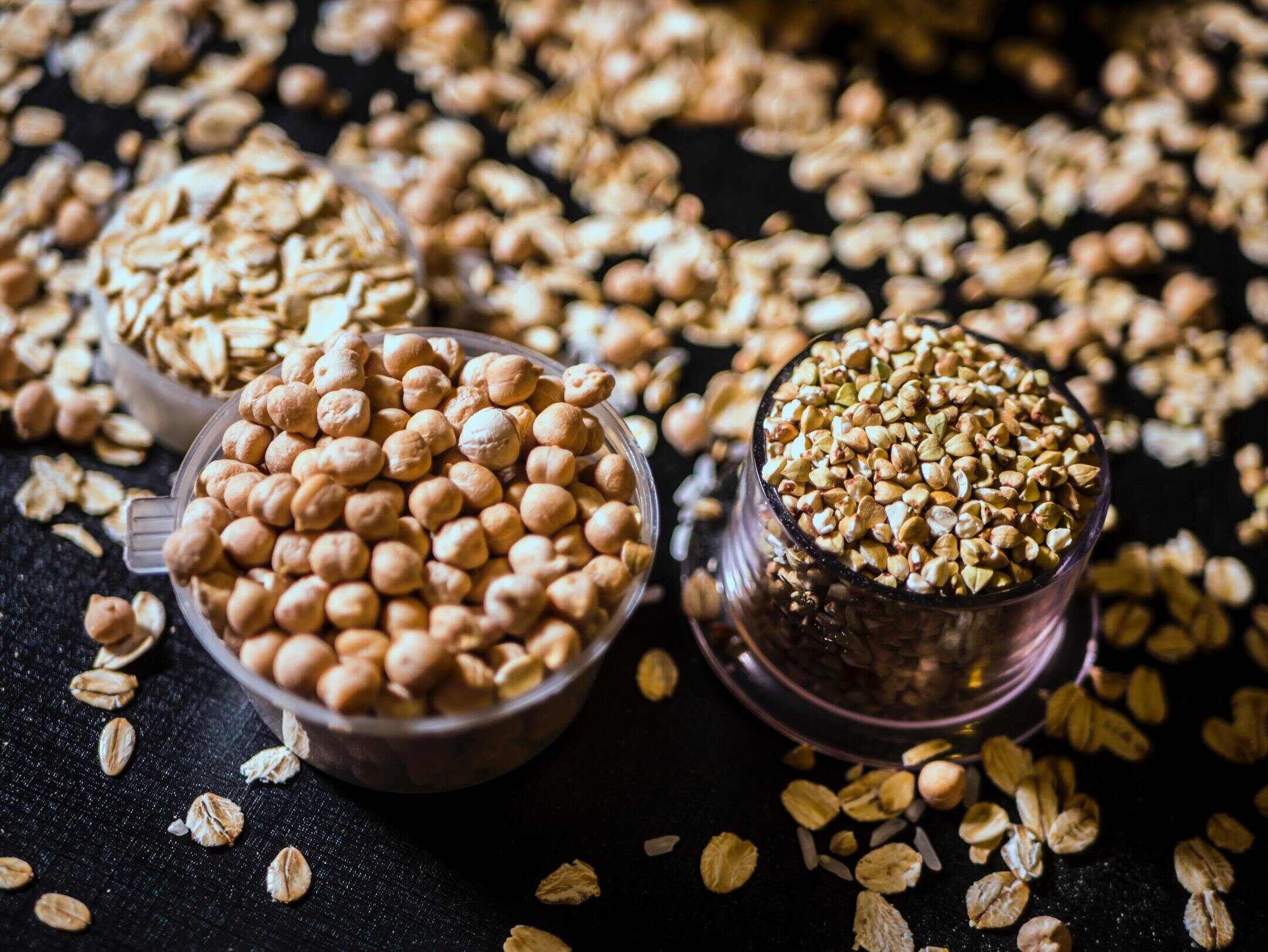
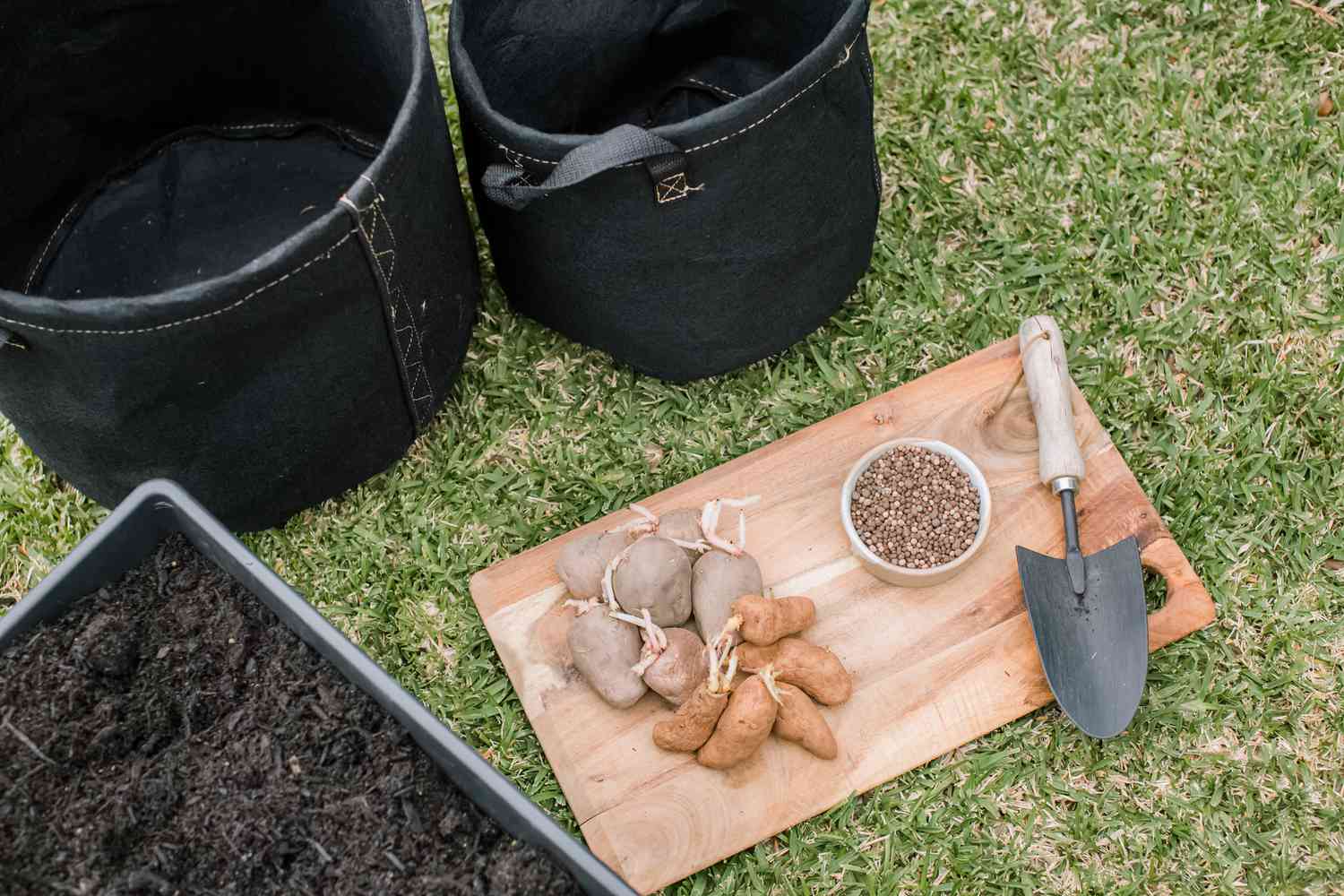
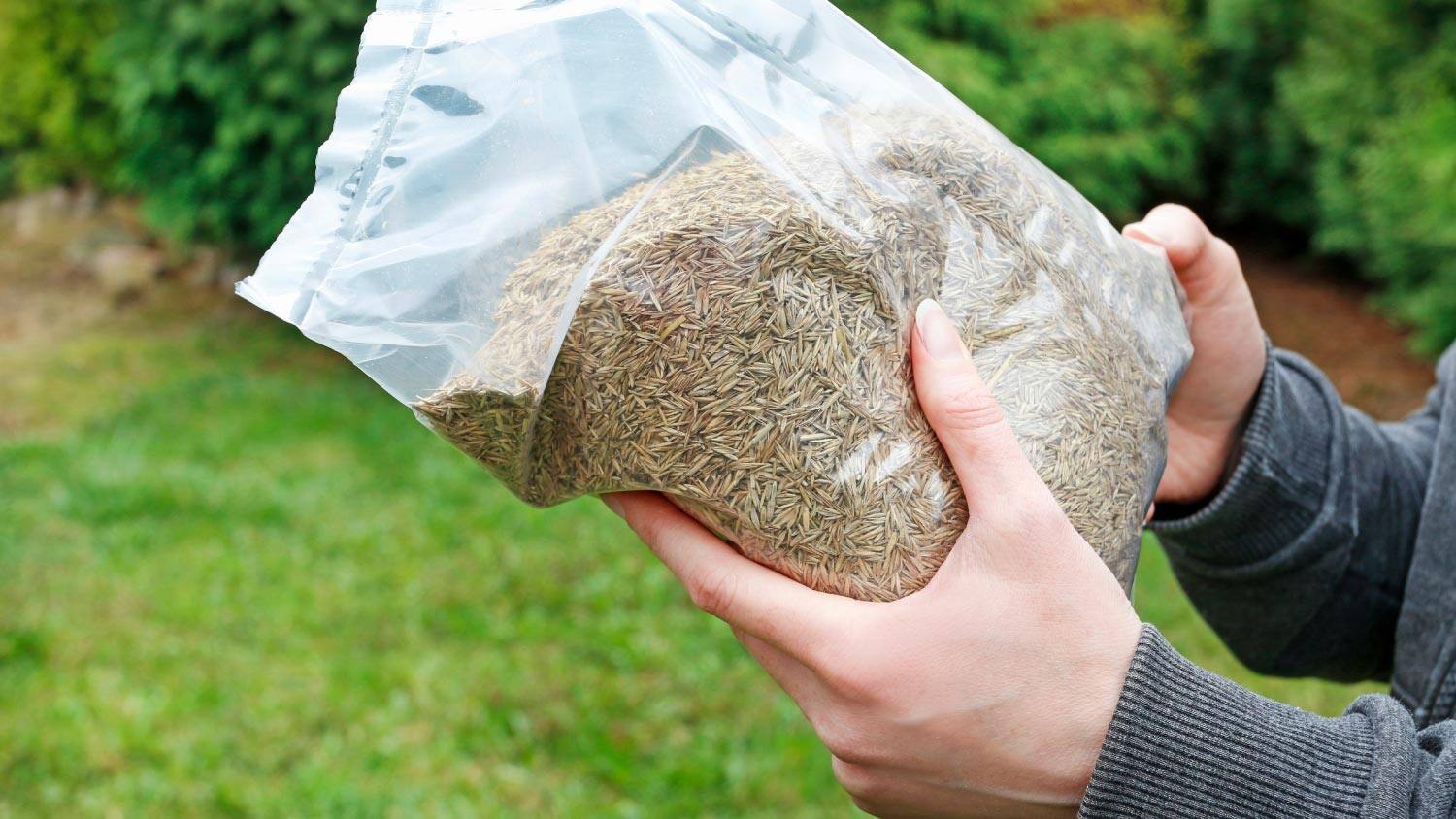
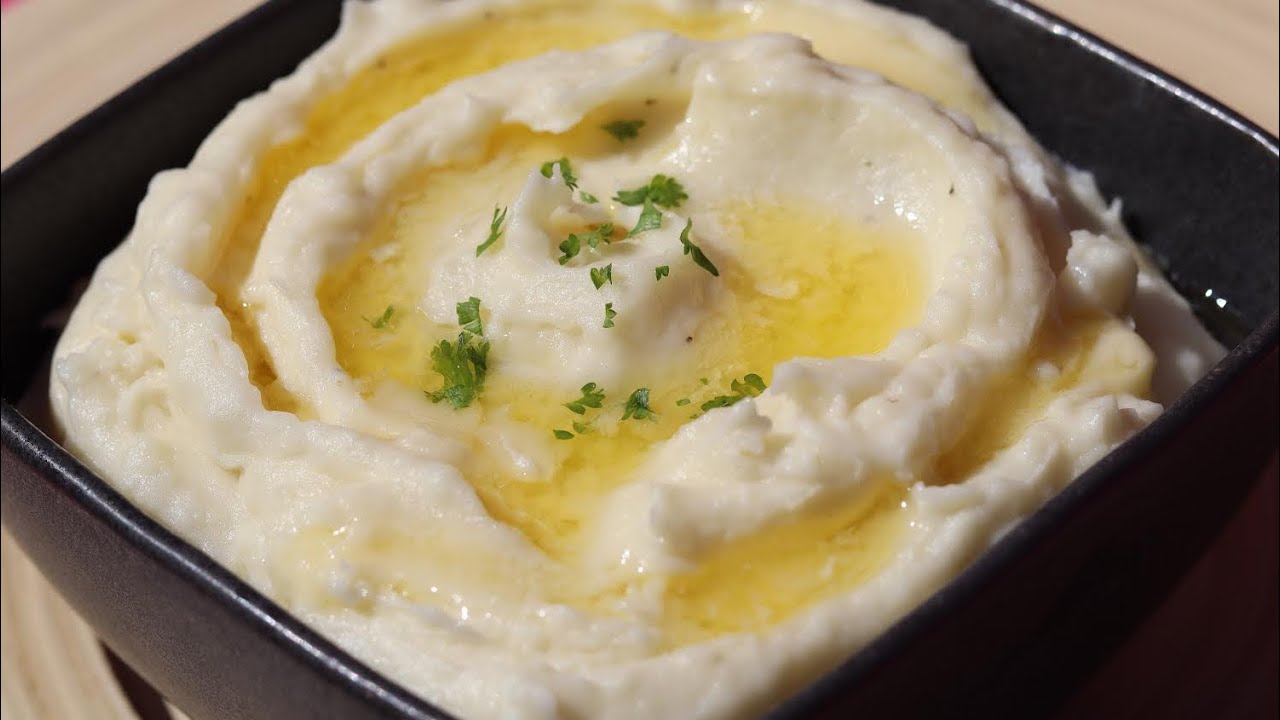
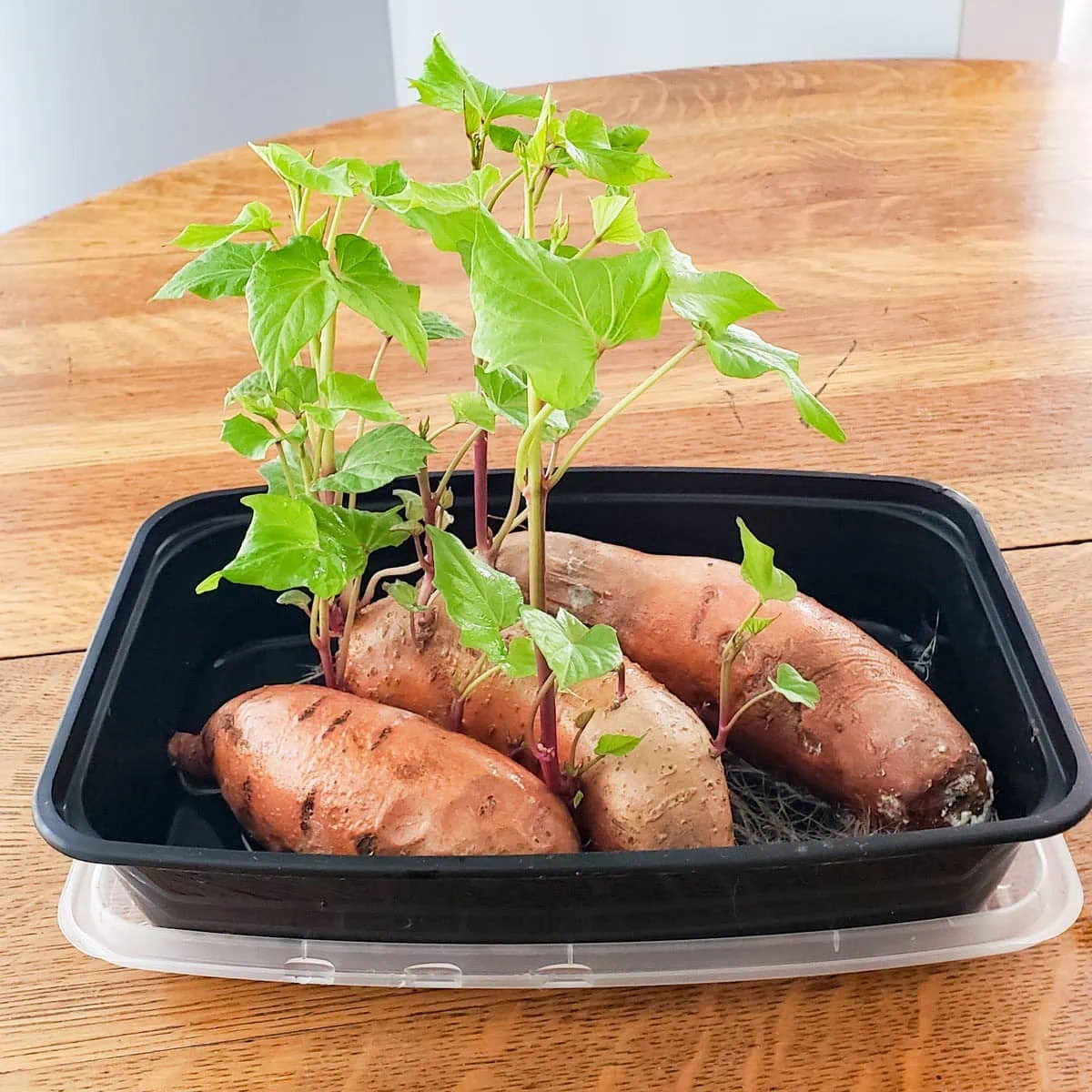
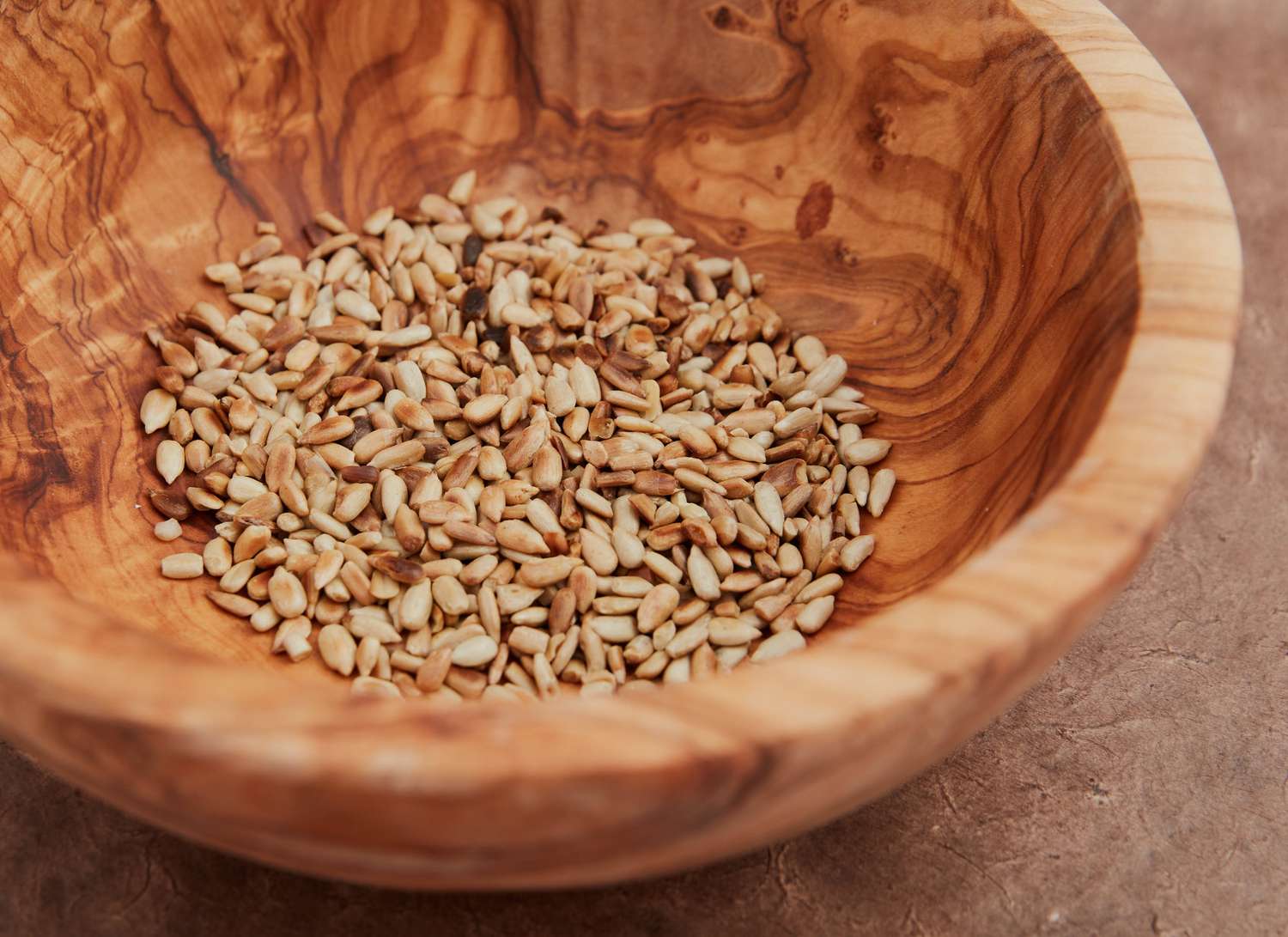
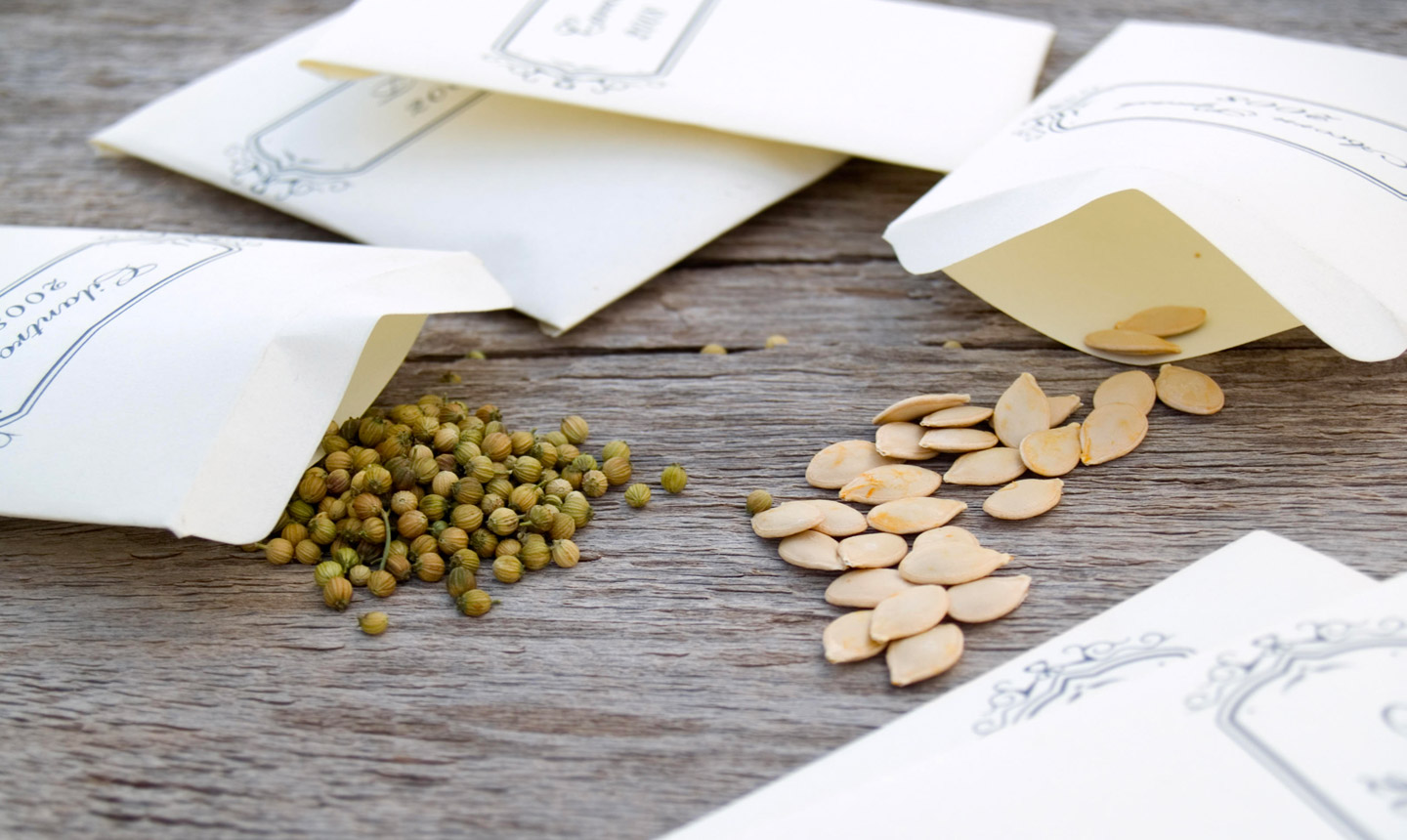
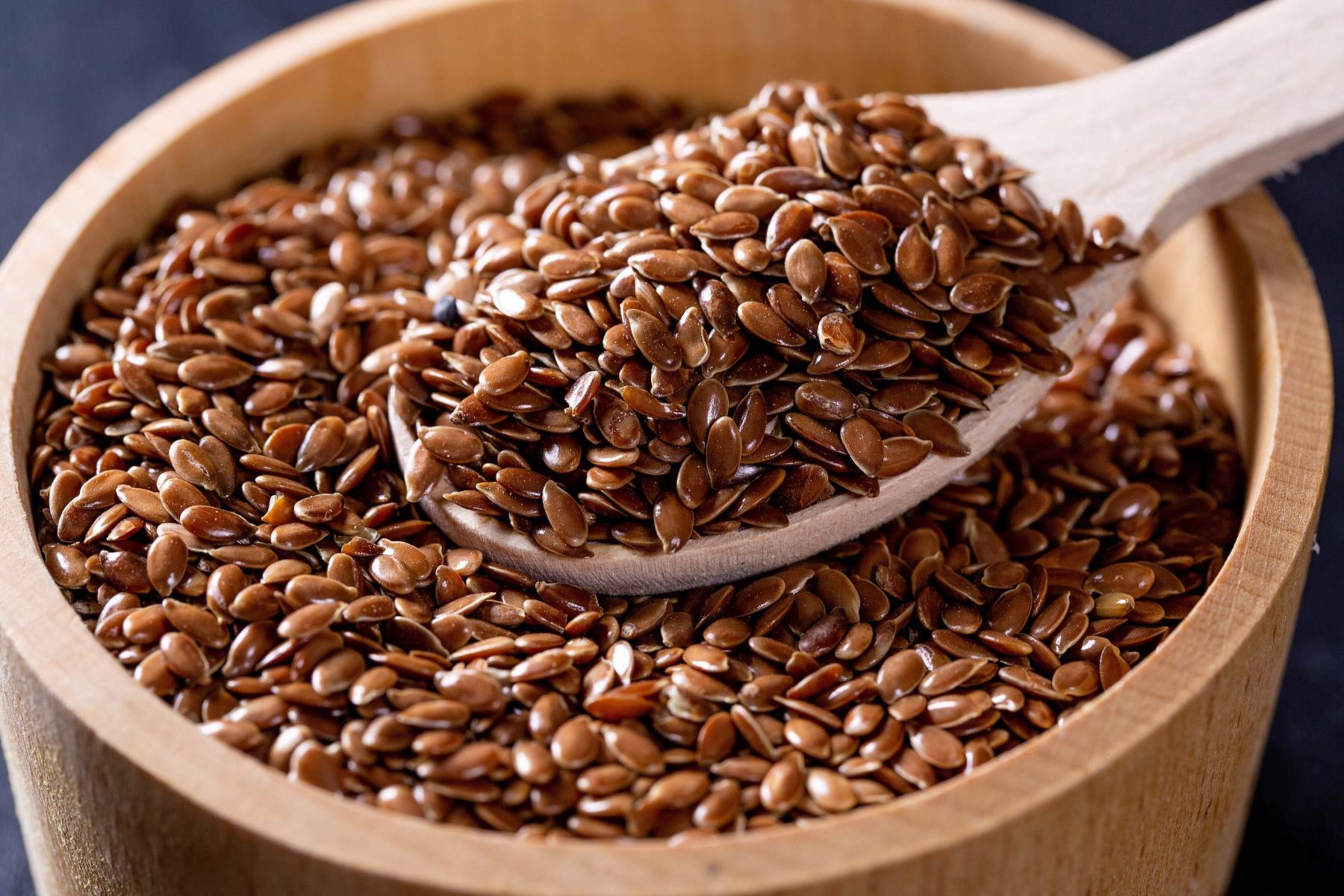
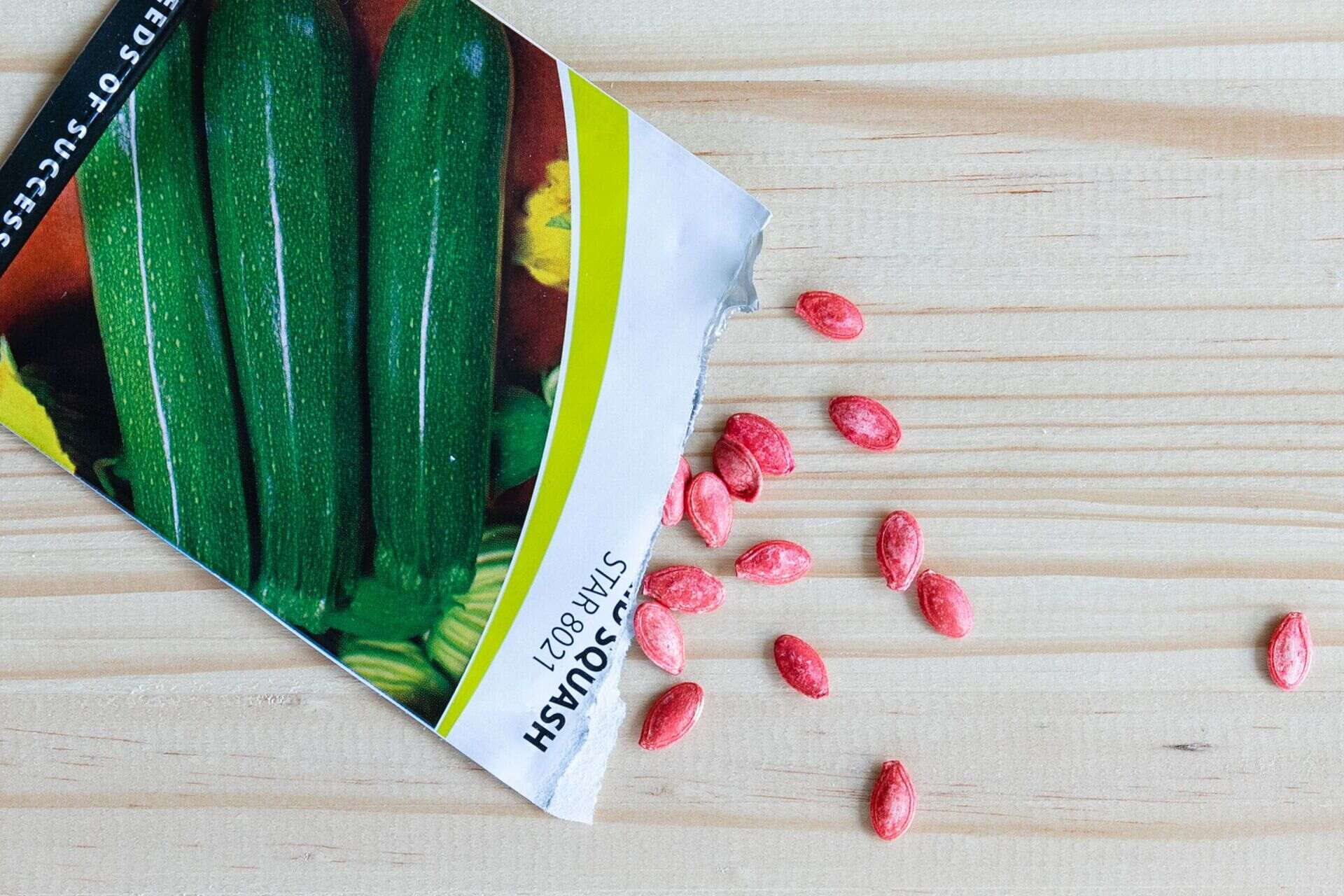
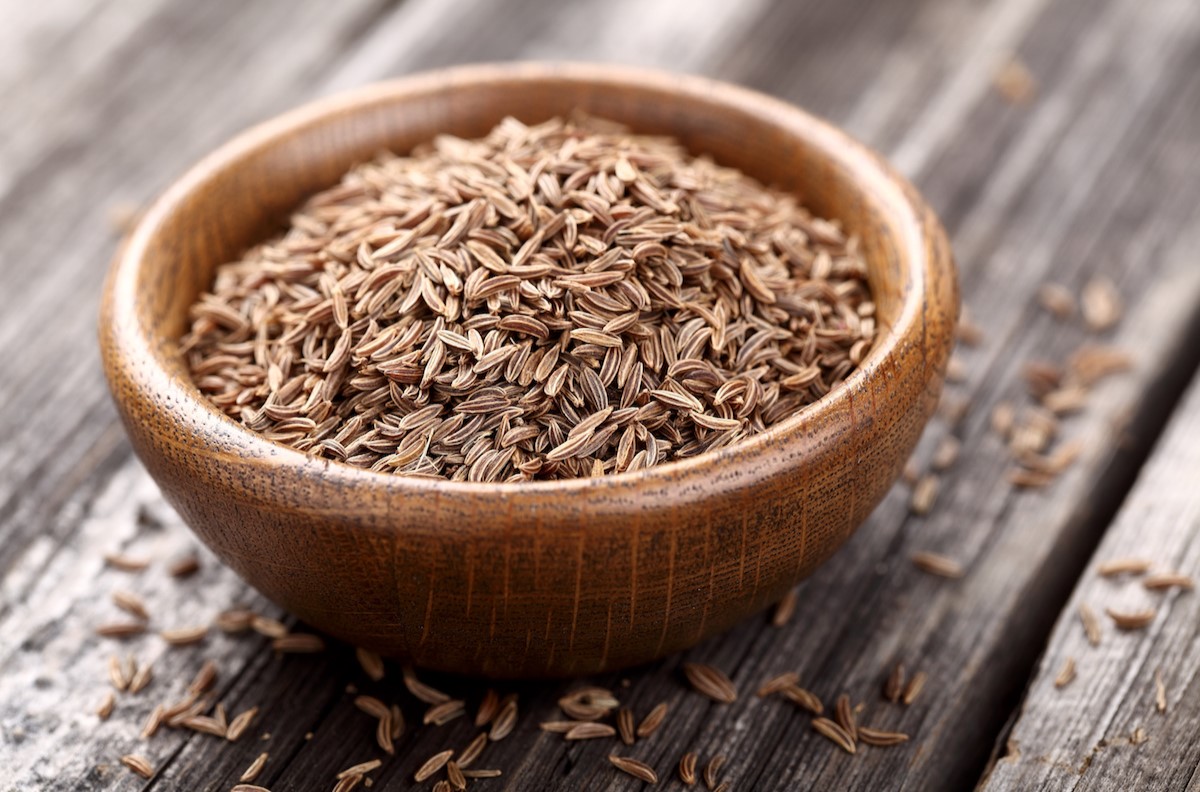
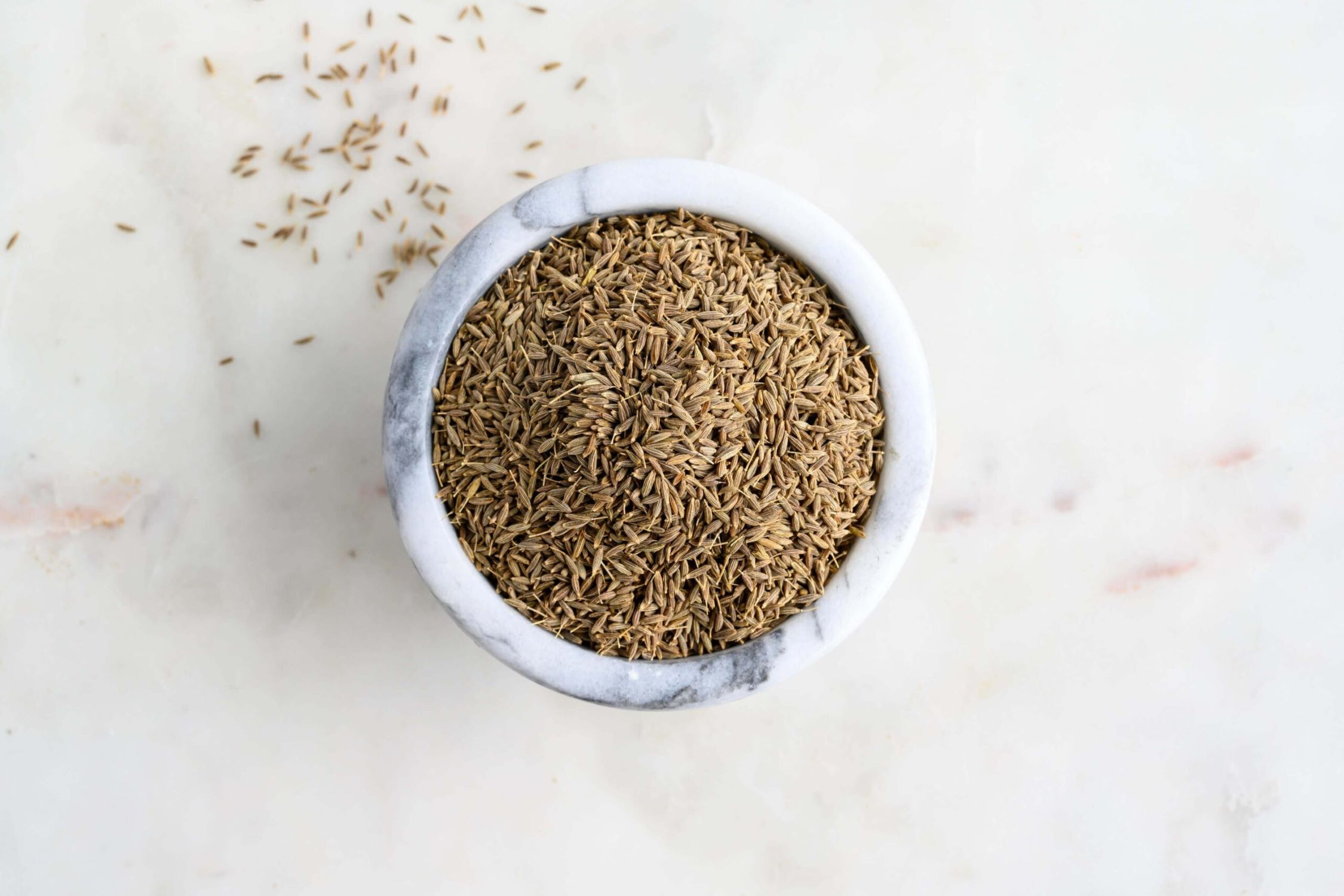
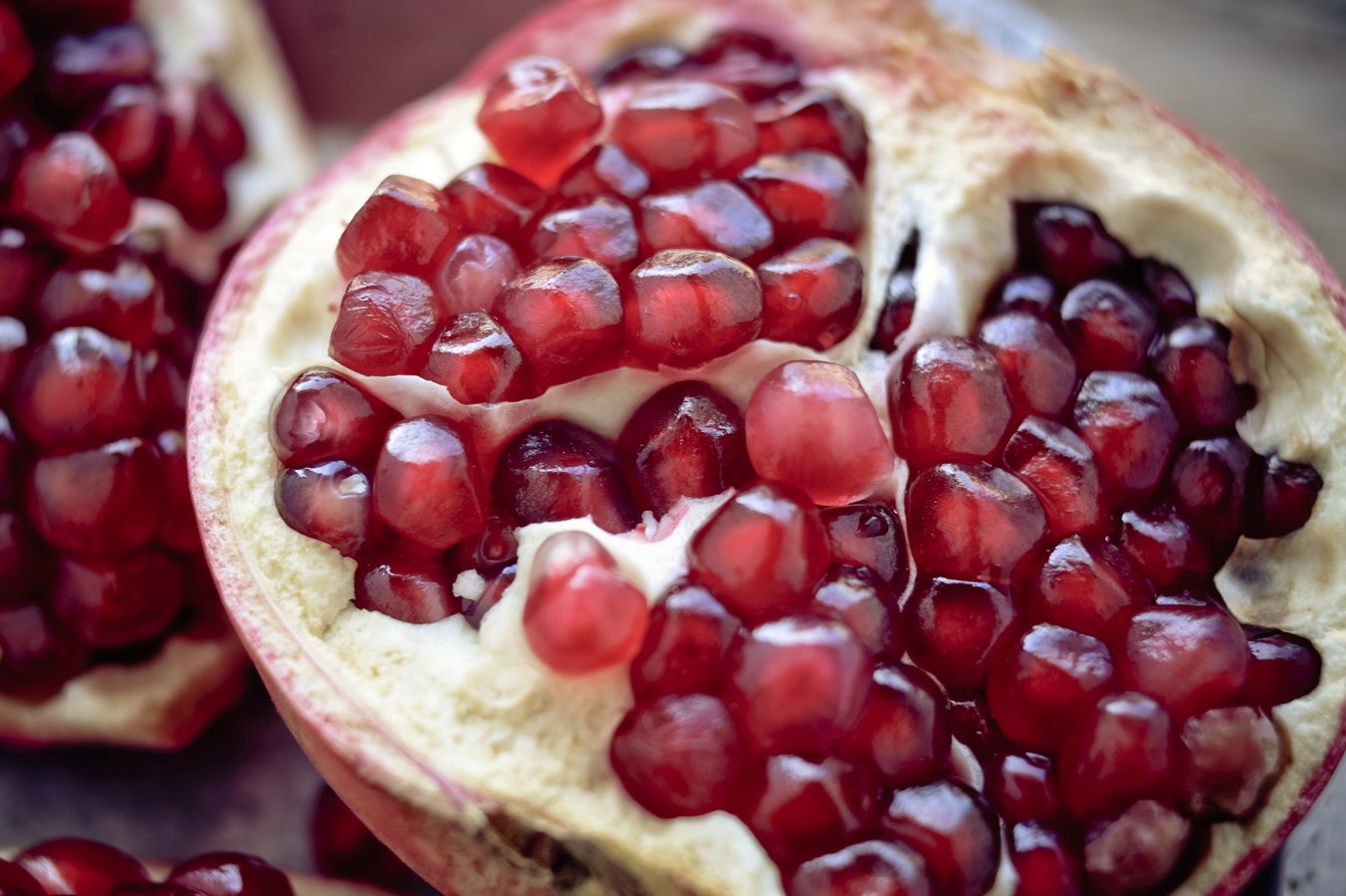
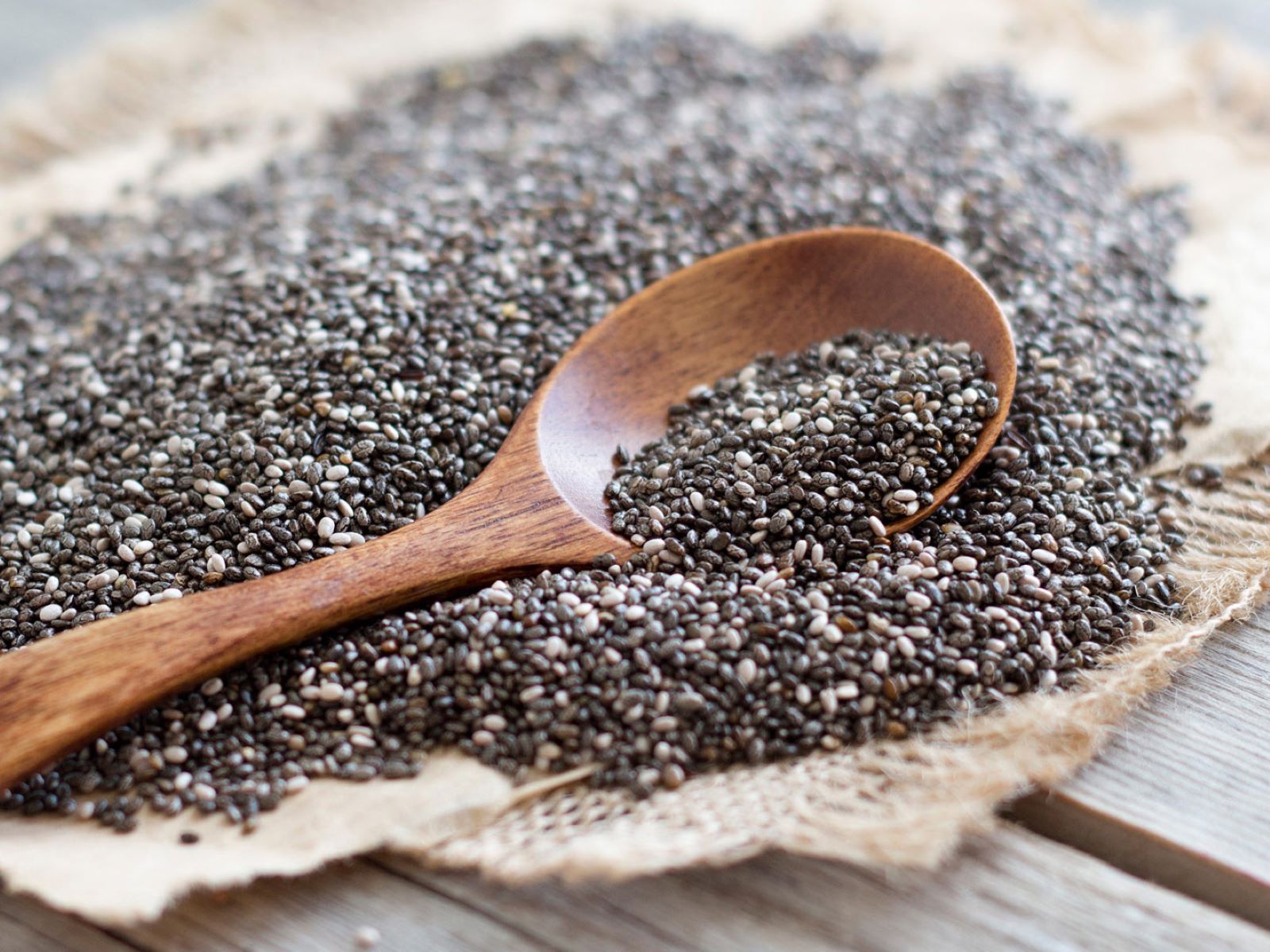

0 thoughts on “How Long Will Cut Seed Potatoes Last”